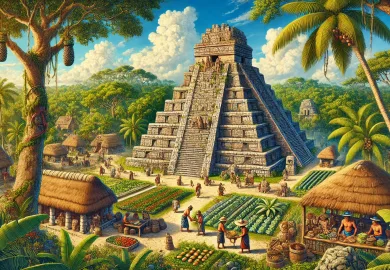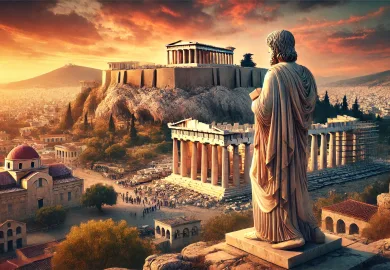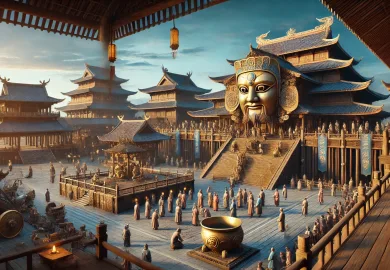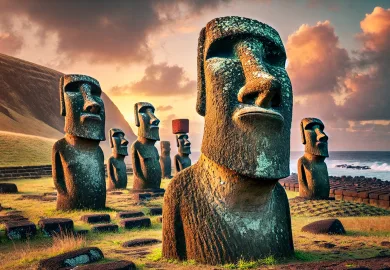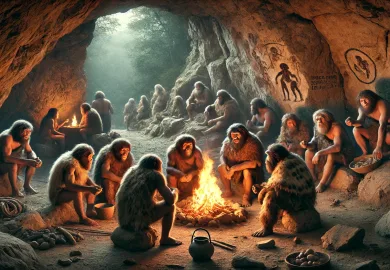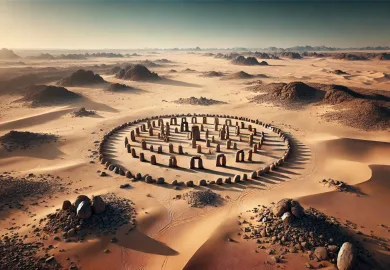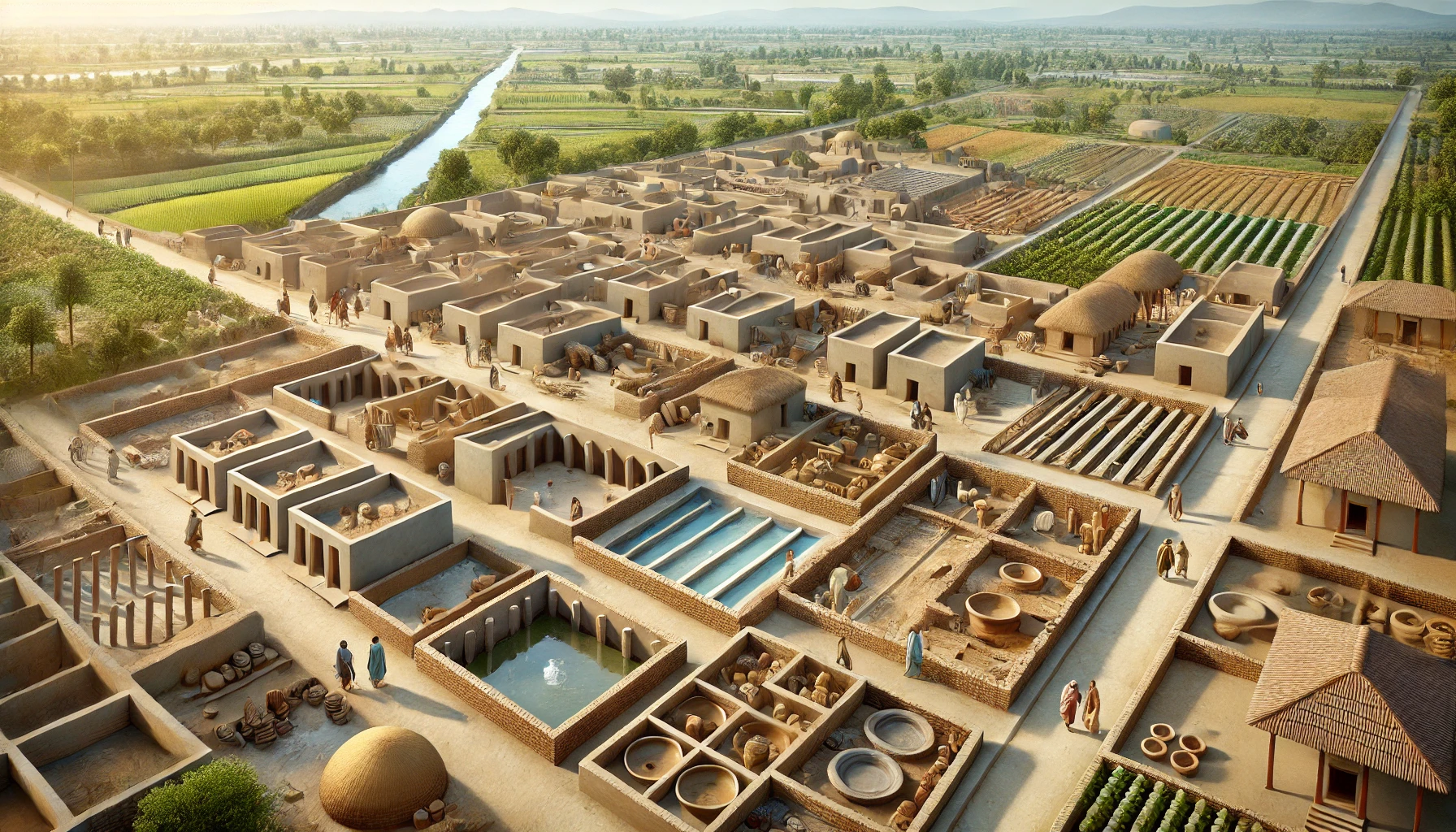
The Indus Valley Civilization, also known as the Harappan Civilization, is one of the world’s earliest urban cultures, flourishing between 3300 B.C. and 1300 B.C. Located in what is now Pakistan and northwest India, this civilization was remarkable for its advanced urban planning, architecture, and social organization. Despite the passage of millennia, the legacy of the Indus Valley Civilization continues to captivate historians, archaeologists, and scholars alike, offering a window into the life and culture of a sophisticated ancient society.
Urban Planning and Architecture of the Indus Valley Civilization
The urban planning of the Indus Valley Civilization was nothing short of revolutionary. Unlike many of its contemporaries, the cities of the Indus Valley were meticulously planned with a grid system that showcased an advanced understanding of geometry and urban development. The streets were laid out in a precise grid pattern, intersecting at right angles, which facilitated easy navigation and organization of space within the city.
The architecture of the Indus cities, including Harappa and Mohenjo-Daro, reveals a high degree of uniformity and standardization. Buildings were constructed using baked bricks of uniform size, a practice that was consistent across the civilization’s vast territory. This standardization suggests a centralized authority or a highly coordinated society capable of implementing such widespread uniformity. The houses, varying in size, were designed to cater to different social classes, with larger homes for the affluent and smaller, more modest dwellings for the general populace.
Public infrastructure in these cities was equally advanced. The presence of sophisticated drainage systems is a testament to the civilization’s emphasis on cleanliness and public health. Each house was connected to a centralized drainage system, with covered drains running beneath the streets. This level of public sanitation was unparalleled in the ancient world and underscores the Indus Valley’s commitment to maintaining a healthy living environment.
Social Structure and Daily Life in the Indus Valley
The social structure of the Indus Valley Civilization was complex and well-organized. Although much remains unknown due to the undeciphered script, evidence suggests a society that was stratified yet relatively egalitarian in its daily operations. The uniformity in housing and urban layout hints at a society that, while having different social classes, maintained a level of equality in terms of access to public amenities and urban planning.
Daily life in the Indus Valley was centered around agriculture, trade, and craft production. The fertile plains of the Indus River provided ample resources for farming, with crops such as wheat, barley, and peas being staples of the Harappan diet. The discovery of granaries in several cities indicates the importance of food storage and distribution, suggesting a well-organized agricultural economy that could support large urban populations.
Trade was another cornerstone of the Indus Valley Civilization. Archaeological evidence points to extensive trade networks that reached as far as Mesopotamia, indicating the civilization’s economic prosperity and its role in early global trade. Goods such as cotton textiles, beads, and pottery were highly valued and traded, showcasing the craftsmanship and artistry of the Indus people. The standardized weights and measures found in excavation sites further emphasize the importance of trade and commerce in Harappan society.
Religion and Spirituality in the Indus Valley Civilization
The religion and spirituality of the Indus Valley Civilization remain enigmatic, largely due to the undeciphered script and the absence of monumental religious architecture like temples or palaces. However, several key artifacts provide insights into the spiritual life of the Harappans. Seals depicting animals, deities, and symbolic motifs suggest the presence of religious beliefs and practices, though their exact nature remains speculative.
One of the most intriguing aspects of Harappan religion is the so-called “Proto-Shiva” seal, which depicts a seated figure surrounded by animals. Some scholars interpret this figure as an early representation of Shiva, a major deity in later Hinduism, while others see it as evidence of shamanistic or totemic practices. The prominence of animals in Harappan iconography also hints at the possibility of animal worship or the veneration of nature, which may have played a significant role in their spiritual life.
The Great Bath of Mohenjo-Daro, a large public bathing structure, is another critical piece of evidence regarding Indus Valley spirituality. The bath, surrounded by steps and lined with bricks, was likely used for ritual purification, a practice that is central to many later Indian religions. The emphasis on water and cleanliness in Harappan culture suggests that rituals involving water may have been an essential aspect of their religious life, potentially influencing later Hindu practices such as bathing in the sacred rivers.
Decline and Legacy of the Indus Valley Civilization
The decline of the Indus Valley Civilization remains one of the great mysteries of ancient history. Around 1900 B.C., the civilization began to deteriorate, with many cities being abandoned and the population dispersing. Several theories have been proposed to explain this decline, including climate change, tectonic activity, and the drying up of the Saraswati River, which may have been a significant water source for the Harappans.
Another theory suggests that invasions or internal conflicts may have contributed to the collapse, although there is limited evidence to support this. The most likely scenario is a combination of environmental factors leading to agricultural decline, forcing the population to move in search of more fertile lands. This gradual process would have led to the weakening of urban centers and the eventual dissolution of the civilization.
Despite its decline, the legacy of the Indus Valley Civilization is profound. The urban planning, architectural innovations, and social organization of the Harappans influenced subsequent cultures in the Indian subcontinent. Elements of Harappan culture, such as standardized weights and measures, the use of baked bricks, and certain motifs in art, persisted in later civilizations and can be seen in modern Indian culture. The Indus script, though undeciphered, remains a tantalizing link to understanding the thoughts, beliefs, and history of this ancient society.
The Indus Valley Civilization stands as a testament to human ingenuity and resilience. Its achievements in urban planning, trade, and culture continue to inspire and inform our understanding of early human societies. As archaeological discoveries continue, we may one day unlock more secrets of this remarkable civilization, deepening our appreciation for the complexities and contributions of the ancient Harappans.


